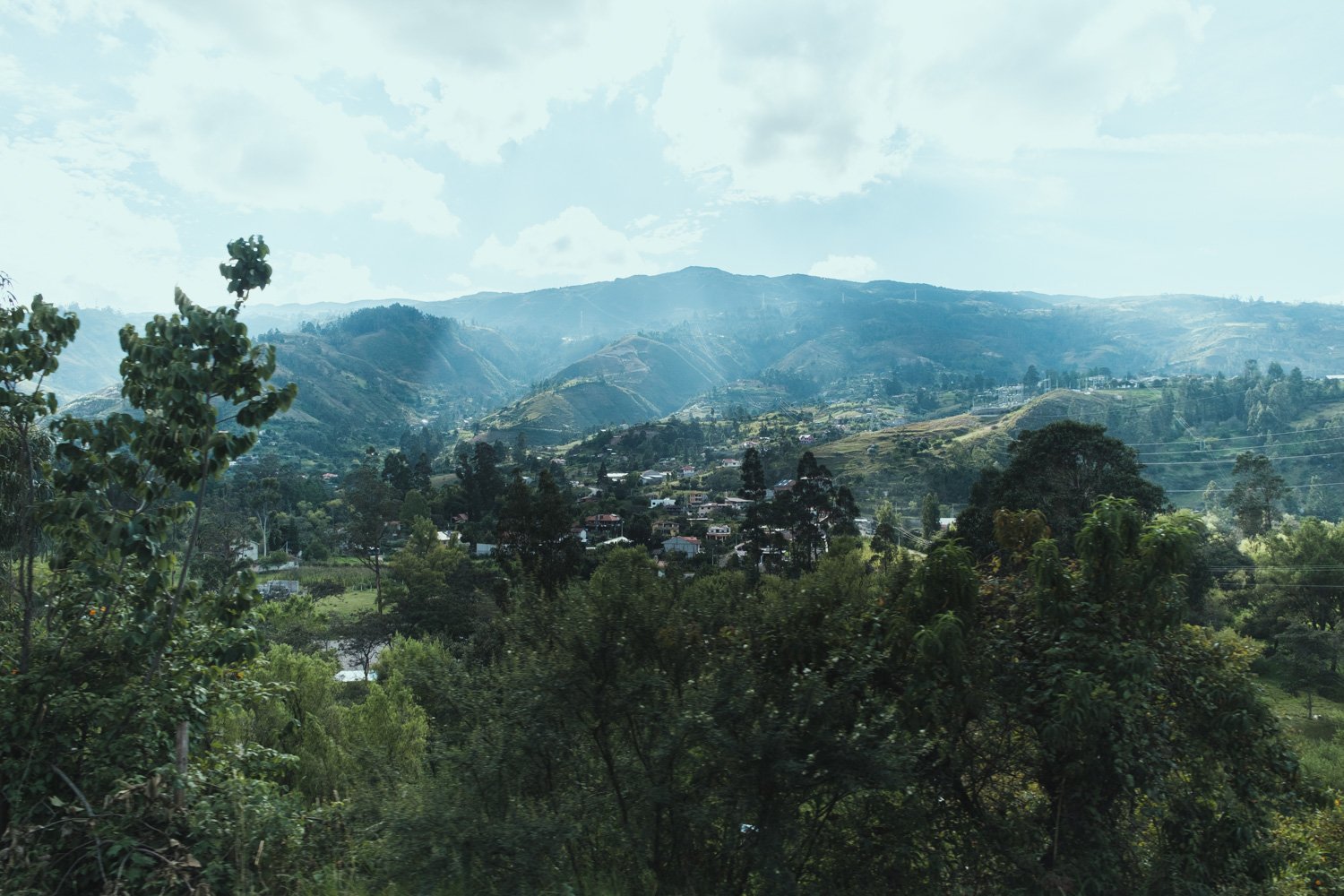
FILIGRANA
Jewellery from the Andes of Ecuador
Amongst luscious green landscapes, mountains, plains and overflowing rivers, there is a quiet town called Chordeleg. Situated in southern Ecuador in the province of Azuay, it is a historical region with a long history of craftsmanship. Predating the Incas, the Cañari culture considered the area a sacred and religious place, using the surrounding valleys as burial grounds for Cañari Kings and leaders. Both the Incas and the Cañaris, appreciated the skilful artisans of the area, commissioning jewels for royalties and ceremonial purposes.
Chordeleg, named by the Spanish the ‘stream of gold’, was a fertile trading ground during colonial times. Filigree or filigrana in Spanish, is a world travelled technique originating from Mesopotamia. Jewels, ornaments and ceremonial decorations made using the technique can be traced back to ancient cultures across the globe. In Ecuador, the technique arrived during the colonial times. The Spanish were first exposed to filigrana by the Phoenicians, then exported and spread the technique throughout Latin America. Chordeleg naturally became the centre of filigrana making in Ecuador with goldsmiths expanding and developing the technique throughout the decades.
Flavio Alejandro Jaramillo Villavicencio is a third-generation jeweller originating from a long family tradition of filigrana makers. His family is well known for having developed and spread the technique around the area, continuing their practice to the present day. Flavio trained with his father Guilberto Jara and his uncle Juan Octavio. Together with his wife, son and grandson they run Puerta del Sol a workshop and a jewellery shop which continues to train young aspiring jewellers.
The technique begins by melting silver which is then shaped it into elongated bars. The bar is slowly passed through a series of holes, transforming it into long and thin strips of metal, eventually becoming a silver thread. Flavio explained that this is a lengthy manual process that demands patience, delicateness and consecration. Manipulating silver in such a way, creates a silk like thread ready to be twisted and shaped into the filigrana jewellery. Threads are curled up, twisted, cut and squeezed into various shapes creating numerous designs such as the dormilonas, campanarias and canastas. Many of those designs are traditionally worn by local indigenous groups like the Saraguros.
Due to a long export tradition, the jewellery practice around the area is still thriving, making it attractive to the new generation that is eager to continue the craft. However cheap imports from India and fake filigrana designs have started to appear throughout the region having a negative effect on fair trading. The lengthy handmade process will never compare in price with a copied version, creating an imbalance within the local market that directly affects the traditional craftsmen.












